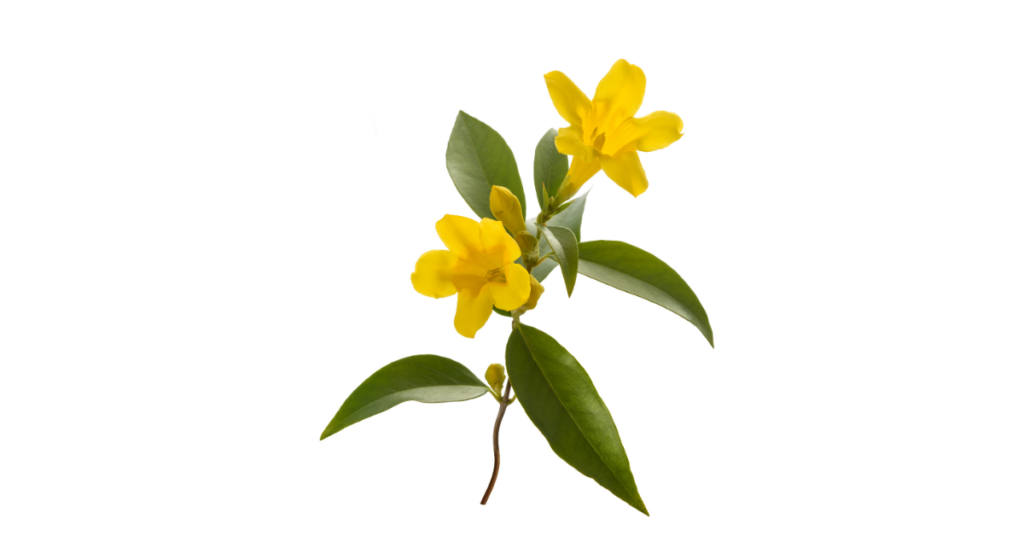Gelsemium – Homeopathic Remedy
Gelsemium (Gelsemium sempervirens)
Also known as yellow jasmine, this plant is known for its exquisitely perfumed flowers, thus making it a popular garden plant, despite its poisonous properties.
The root of this plant is toxic if taken in large enough amounts, affecting the nervous system, and causing paralysis and occasionally death. In homeopathy, it is used to treat nervous and respiratory disorders, as well as fear and phobias. In acute situations it is a remedy par excellence for the flu.
Other names: Yellow jasmine, false jasmine, Carolina jasmine, wild woodbine.
Description and the places it grows in
A climbing plant with a woody stem and large, bell-shaped, yellow flowers. It grows in coastal areas, woodlands, and on riverbanks.
Parts used
The root.
Uses
Homeopaths may use this remedy for:
Nervous system disorders displaying the following symptoms: Headaches (made worse by bright light and movement); multiple sclerosis; eye pain (especially on the right side).
Respiratory system disorders displaying the following symptoms: Influenza-type symptoms, chills, shivering, feverish muscular aches, sore throat.
Menstrual disorders displaying the following symptoms: Pain.
Fear / phobias (including pre-examination/interview nerves or stage fright). Displaying the following symptoms: Tiredness, weakness, shaking, sleeplessness, tachycardia (faster than normal heart beat).
People requiring this remedy will feel worse: In the sun, in the warmth; in moist, humid, damp or foggy weather; in a smoky environment; when excited, stressed, or given bad news.
People requiring this remedy will feel better: In the fresh air; after sweating; after drinking alcohol or other stimulating drinks; after urinating.
People suitable for this remedy are often stocky, but with an inclination towards fatigue, general weakness and fear (so much so that it interferes with a normal, active social life).
The information given on this site about homeopathic remedies is just a general overview. Classical homeopathy takes all the patient’s symptoms into account and prescribes upon the “Totality of Symptoms”, thus finding the precise remedy that matches the patient’s symptoms perfectly.
Here, at The CMA we recommend that anyone interested in learning more about homeopathy and the fascinating remedies that homeopaths use should take an introduction course to homeopathy, which will help you to understand how to become a good home first-aid prescriber. This is ideal for ‘acute symptoms’. However, if you want to learn more – with a view even to becoming a professional homeopath, who is educated highly enough to be able to treat chronic conditions, you’ll need to be prepared to spend many years learning this vast and fascinating topic – along with anatomy, physiology and pathology, history of medicine, homeopathic philosophy, and much more. You’ll find both kinds of courses here on this site – head to our section on Find a CMA Member and search under CMA Registered Training Schools.


